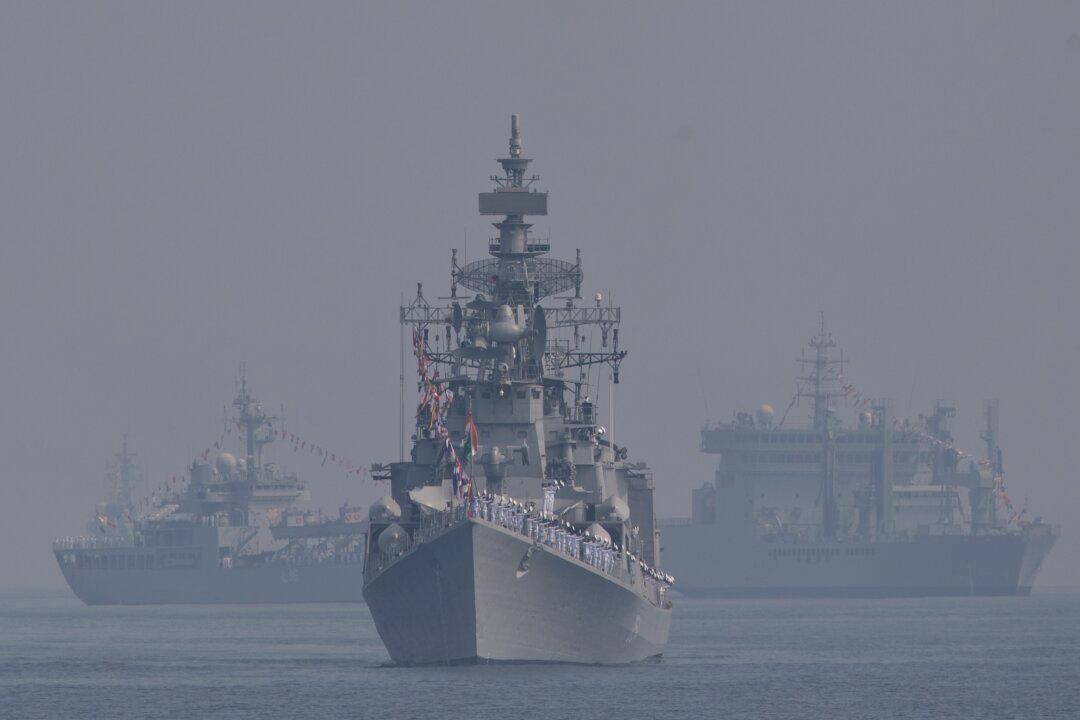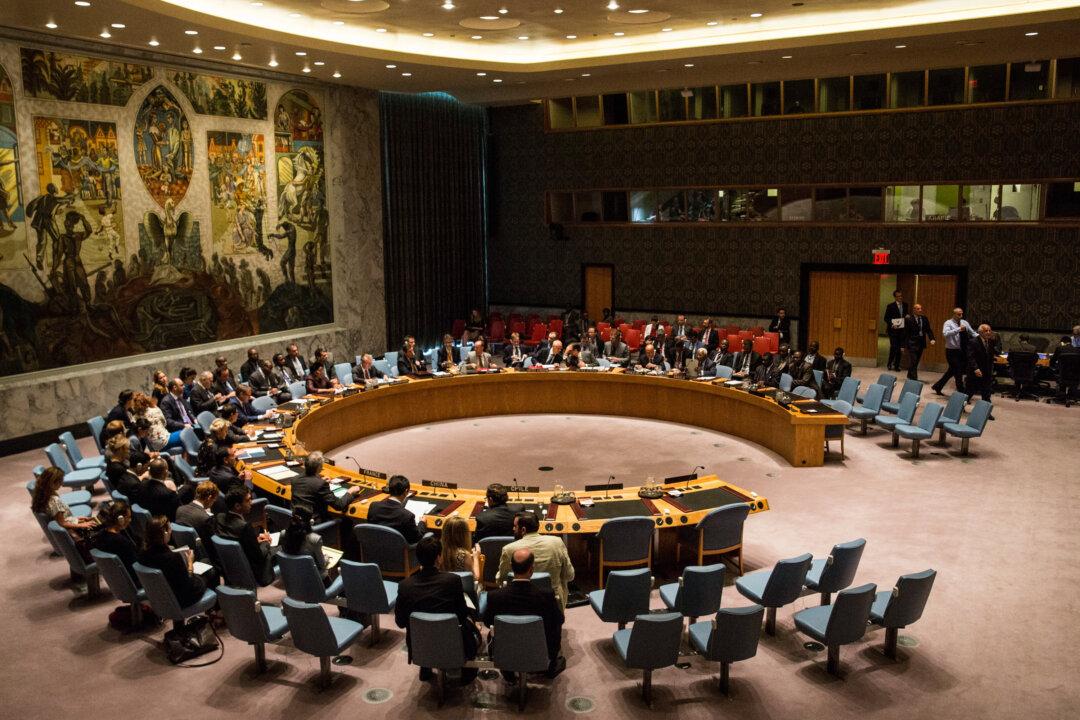When the rivers shrink during Africa’s dry season, the hippopotamuses fight fiercely for their space in the scarce and overcrowded water. Something similar is happening in the Indian Ocean and South China Sea where nations are vying for territory and resources.
China is nonchalantly building up military bases to assert its so-called “historical claims” to oil- and gas-rich islands which are also claimed by other countries in China’s neighborhood.
Then, there is also the paradigm shift in sea piracy. Pirates have moved from the Horn of Africa, around Somalia, to Southeast Asia’s Strait of Malacca—the world’s most important sea-trade lane.
A combination of security and mercantile compulsions has made India rethink its naval defense strategy, flanking its land and air forces with a strengthening of its naval assets.





